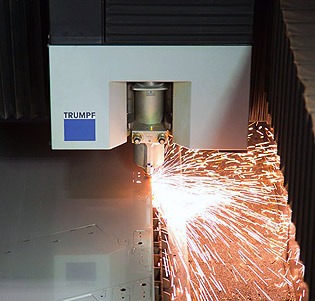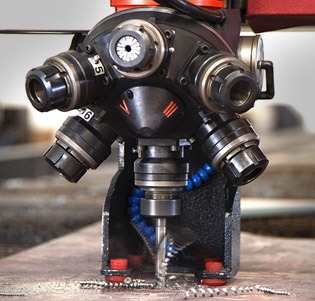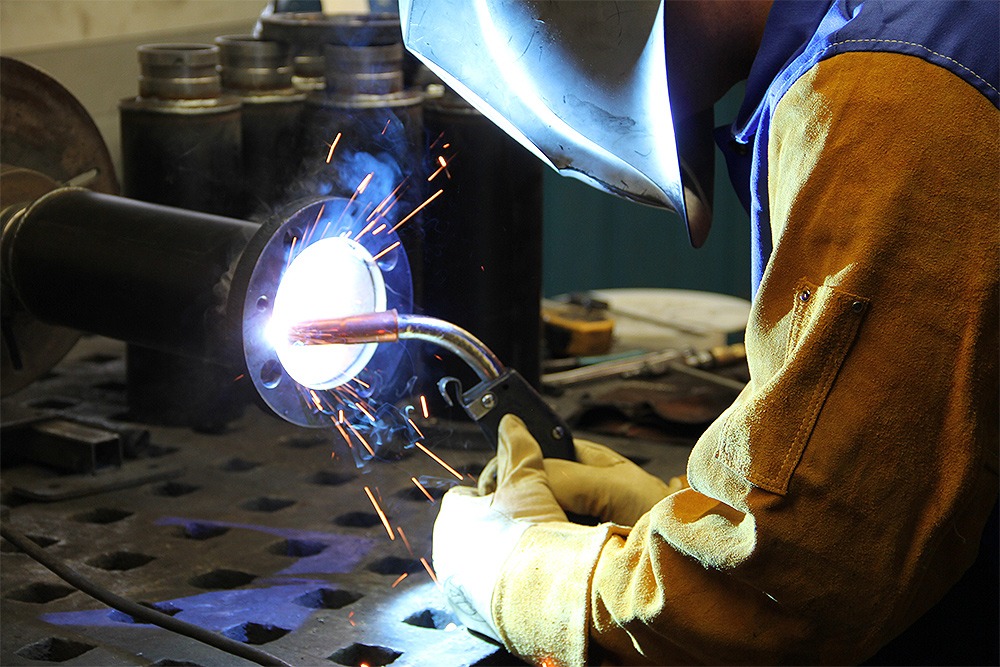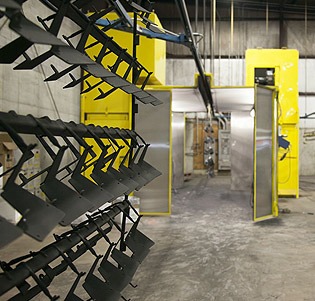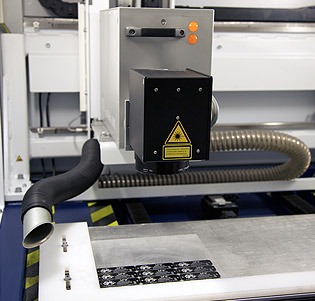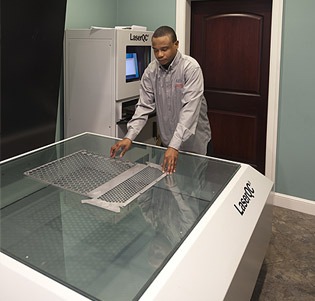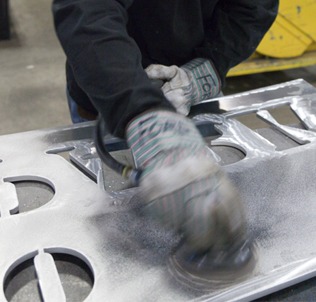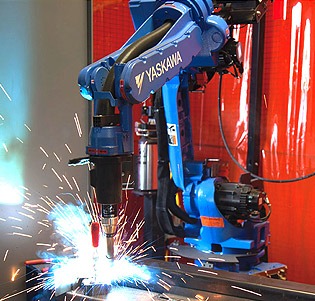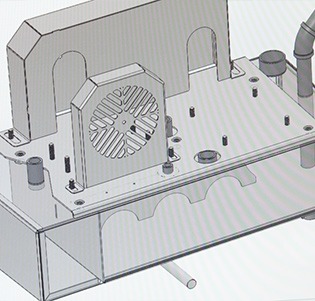Robotic Welding vs. Traditional Welding: What’s The Difference?
A full-service design, cutting, and fabrication shop wouldn’t be complete without a variety of welding techniques at its disposal. Both traditional welding and robotic welding have their place and purpose depending on the needs of specific projects. At BenCo Technology, we offer both options and will use the right type of technology based on what needs to be done to make your parts and components the best they can be.
Benefits Of Traditional Welding
Certain projects require the focused thought and expertise of a technician. When tasked with building a complex part with supreme accuracy, traditional welding is usually the best option. It’s also the most cost-effective option for making smaller quantities of parts. For example, traditional welding is helpful when creating prototypes because technicians can use their expertise and experience to solve problems and improve the outcome.
To recap, here are the key applications that traditional welding works extremely well for:
- Smaller quantities of parts, such as prototypes
- Complex welded assemblies
- Jigs and fixtures as needed
At BenCo, our AWS-certified technicians add value to complicated projects because they ensure what is being welded and assembled matches drawings and meets specifications.
Benefits Of Robotic Welding
Robotic welding offers efficiency when you need to weld a high volume of simple parts. When you need to achieve perfect results on a large number of components, robotic welding provides accuracy and speed. It eliminates the risks of inconsistencies due to human error.
Some advantages of robotic welding include:
- The robot doesn’t require a coffee break, take a sick day, or need to use the restroom.
- Higher quantities of products will be welded uniformly. All a technician needs to do is align the materials within the correct jig, and then the robot can take care of the rest.
- The robot can be programmed to go through series of parts and tack them first to hold them in place, then go back and create perfect welding joints.
- Its output is greater than what a human technician can accomplish.
While there is some effort and expense to program the robot and get the process up and running, overall it saves time and cost when welding high volumes of parts or assemblies.
If you have a product or assembly that requires welding or any of our other cutting, design, or fabrication services, contact us for more information about how our full-service solutions can help you accomplish your goals. We’re here to share our insight and experience and make your next manufacturing project a success.

